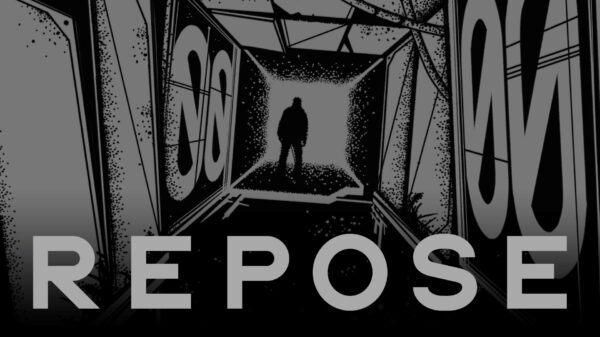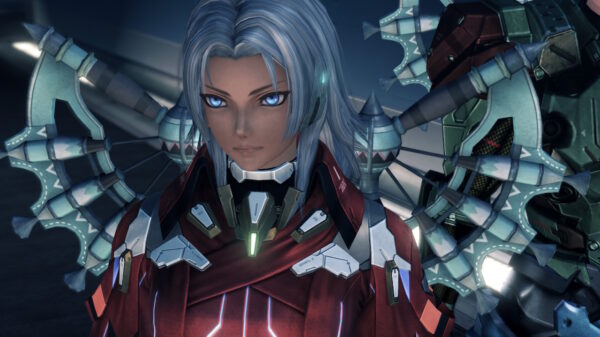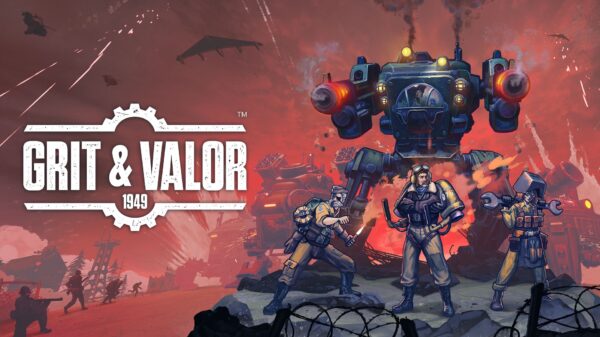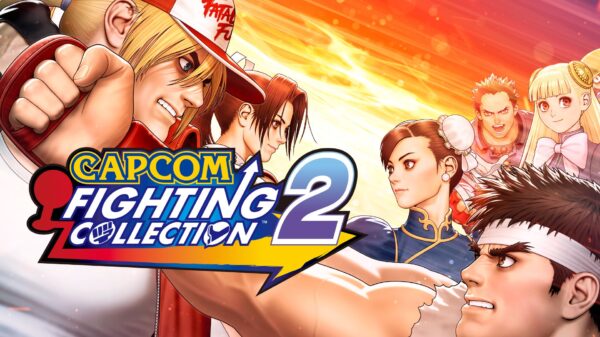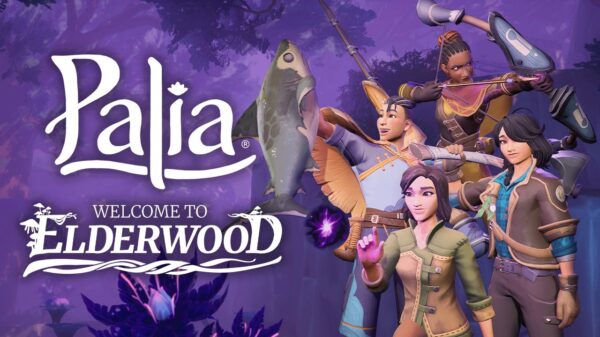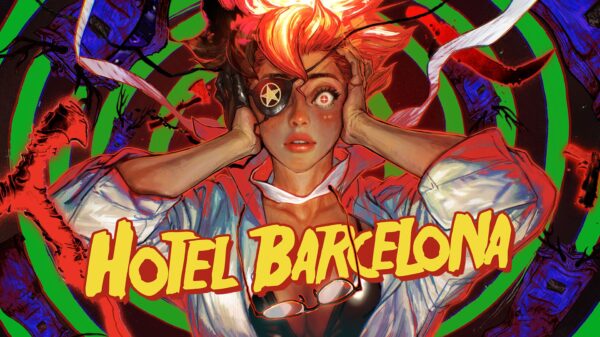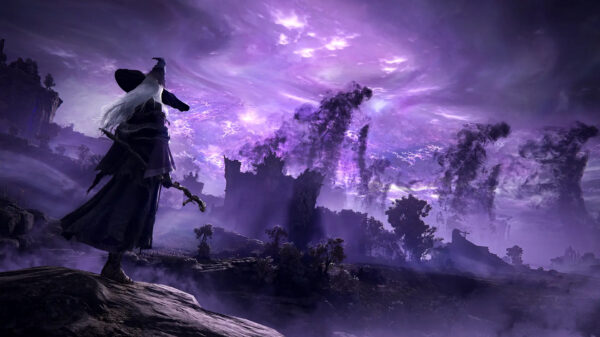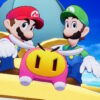Fire Emblem Heroes, Nintendo’s latest foray into the world of mobile gaming, proves to be an interesting take on the incredibly popular free-to-play mobile gacha RPG. Games like Final Fantasy Brave Exvius and Brave Frontier are some of the biggest current examples of this genre, having players “summon” playable units of their favorite characters. It’s only natural that Nintendo would jump on the wagon, putting their own spin on the genre.
Fire Emblem is the natural choice for the gacha-style of gameplay, as there are countless heroes to use from 15 titles throughout all of Nintendo’s consoles. This provides plenty of units for players to try and nab, fueling the game for months to come, and plenty of nostalgia to capitalize on. Unlike Brave Exvius, Nintendo hasn’t held back some of their best units for later (i.e. Cloud, Squall, Tidus, etc), opting instead to focus on these characters. In a lot of ways, Fire Emblem Heroes is a shining example of Nintendo’s ability to draw people into their games.
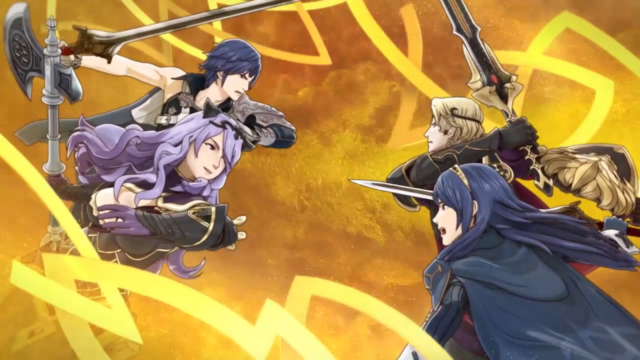
One of the smartest things that Fire Emblem Heroes does is focus on the games that brought the series to the West, both in its marketing and in-game. The first few chapters of Heroes are focused on Awakening, Fates, Shadow Dragon, and, to a lesser extent, Blazing Blade. These are the titles that Westerners know best, with the characters that are instantly recognizable.
Marth, Roy, Chrom, and Robin are all well-known thanks to Smash Bros. and their own respective titles, making them the perfect poster-boys for a microtransaction-filled game. The following chapters return to Fates and Awakening, then proceed to Blazing Blade, the first Fire Emblem game to come to the West. The characters from these games are even the featured summons, meaning you’re most likely to summon them during the game’s launch period. These choices mean that even the most casual Fire Emblem fan will immediately recognize someone, making them far more likely to play in the hopes of getting Marth or Chrom.
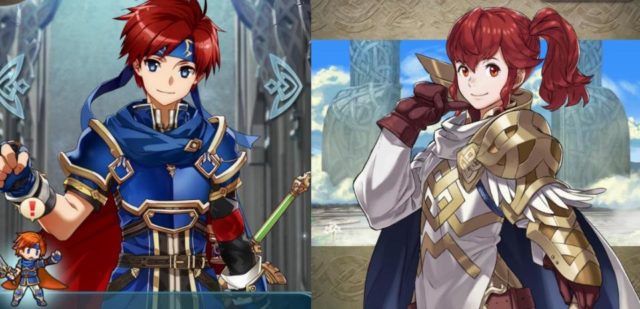
Heroes’s summoning system lends to this idea as well. Compared to other games which have you summon units in a completely random fashion, Heroes adds in a bit more choice, to make you feel more in-control. When summoning, you pick from a pool of different colored gems. Each color represents a different class (e.g. Swordsman, Archer, Mage, etc.). Summons become cheaper if you continue to summon from the same pool, meaning players must decide between refreshing the pool, thus resetting the cost of a summon, and picking from the same pool of classes at a cheaper rate.
On the other hand, getting a character you don’t recognize likely kindles a sense of interest, especially if their design or personality appeals to you. With a number of the games available on the Wii U virtual console and 3DS, Nintendo stands ready for newbies and veterans to hop onto the Fire Emblem train after being nudged by Heroes, meaning the core series and Heroes form something of a mutually beneficial cycle.
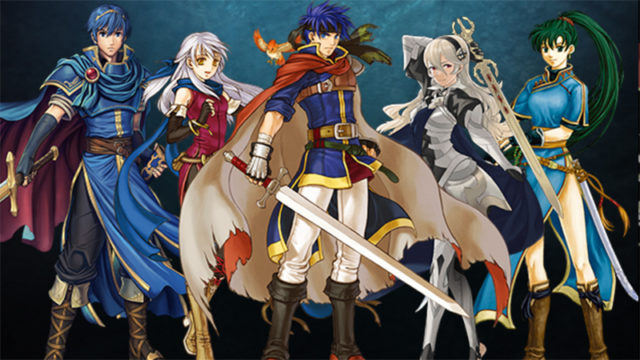
With all this said, Fire Emblem Heroes could prove to be an important title for Nintendo, especially with an Animal Crossing mobile app on the way. While Mario Run attracted skepticism largely due to its pricing, Fire Emblem Heroes can be played for free or with micro-transactions. This experiment in pricing and content distribution could affect the very future of Nintendo on mobile devices, hopefully, for the better.




